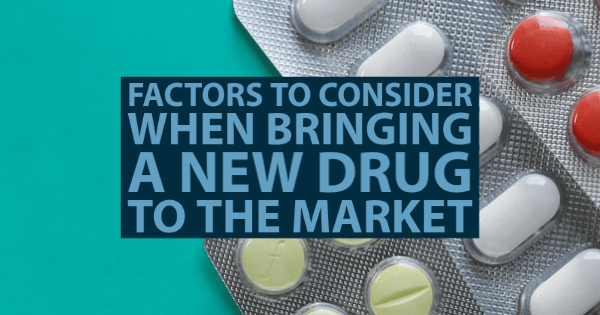
Pharmaceutical companies spend billions of dollars and several years to introduce one drug to the market. A single drug may require about $2 billion and 10 years of testing. Each stage of the test has a set of unique challenges, costs, and timelines that a pharmaceutical company must consider.
Read on to learn more about each step and what is needed.
Target Discovery
The first stage of drug testing requires your research team to conduct in vitro research. You identify targets that are involved in a particular illness. Your researchers will narrow down on the target by ensuring that it is possible to drug the molecule. Such targets can be modulated by exogenous compounds using ICN radiochemicals because they offer radiolabeling services.
Target Validation
Once your researchers have selected a potential target, they must show how the illness progresses on the host. Besides, they must prove that it is possible to regulate the activity of the target.
ICN radiochemicals will offer tracking which shows how isotopes change as they interact with cell activities in test subjects. Careful and accurate target validation will ensure that the drug will be more likely to be approved.
Lead Compound Identification
Your researchers will identify a compound that can interact with the target. If they cannot find one, they should create it. The stage will allow them to investigate whether any naturally-occurring compounds can be used as drugs.
You should only have to develop synthetic compounds if natural ones are unavailable or ineffective. The compounds should affect the predicted target without interfering with other cell activities. Radiolabeled compounds will provide good feedback for this.
Lead Optimization
Your team needs to optimize the compounds identified above for safety and efficacy. If you are using synthetic compounds, you can change the design of the molecules. The process will be easier for ICN radiochemicals since they come with 14c labeling.
For example, if an off-target binding is taking place, your researchers need to make some adjustments. They can try using a radiolabeled compound to track the chemical changes of the isotope.
Preclinical Drug Stage
The team will start conducting tests for ensuring that the drugs can safely be tested on human beings. Again, they will use animal models and look out for reaction differences with human counterparts. They must document some possible side effects based on the model findings.
The FDA will demand your team to produce extensive test data. A typical pharmaceutical company will spend about $500 million on research and development in this stage. Your team must ensure that the data generated here is as accurate as possible since you will spend several billion dollars in the remaining stages.
Clinical Trials
You should prepare for three clinical trials. The first trial requires a sample of 100 of less healthy patients. The stage also tests the carcinogenicity of the drug on mice, which can be done by ICN radiochemicals.
In the second phase, the number of patients is increased from 100 to 500. The target patients must have the disease that the drug targets. Your team will observe the side effects and efficacy of the intervention and document the process.
The final phase of the clinical trials will require the drug to be administered to 1,000 to 5,000 patients. Your team will aim at generating statistically significant data. You have to remember that only about 12% of all drugs make it to this stage.
FDA Approval
If the drug your team has developed passed all the clinical tests, it's time to submit it to the FDA through a New Drug Application (NDA). The NDA documents the safety and efficacy of the new drug. The FDA will require six to 10 months to approve the drug.
Final Word
Getting a drug that your company is working on approved is a lengthy and expensive process. You will have to work with various organizations and agencies over a period of about ten years. However, working with reputable companies that have cleanroom standards will improve the accuracy of drug models and the likelihood of approval.
